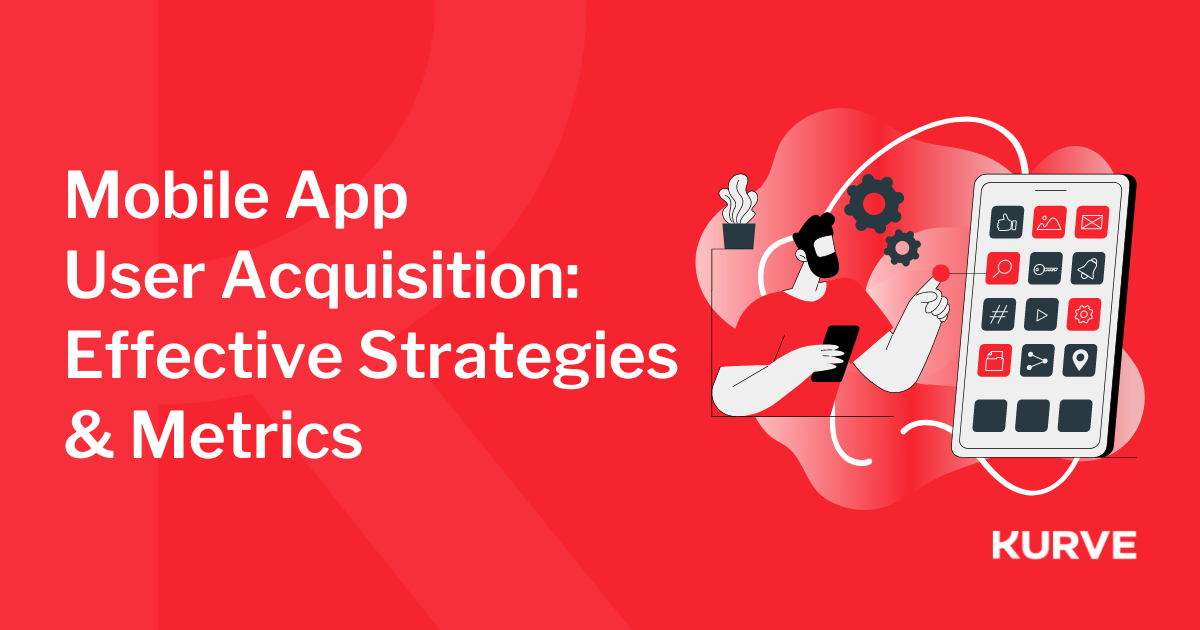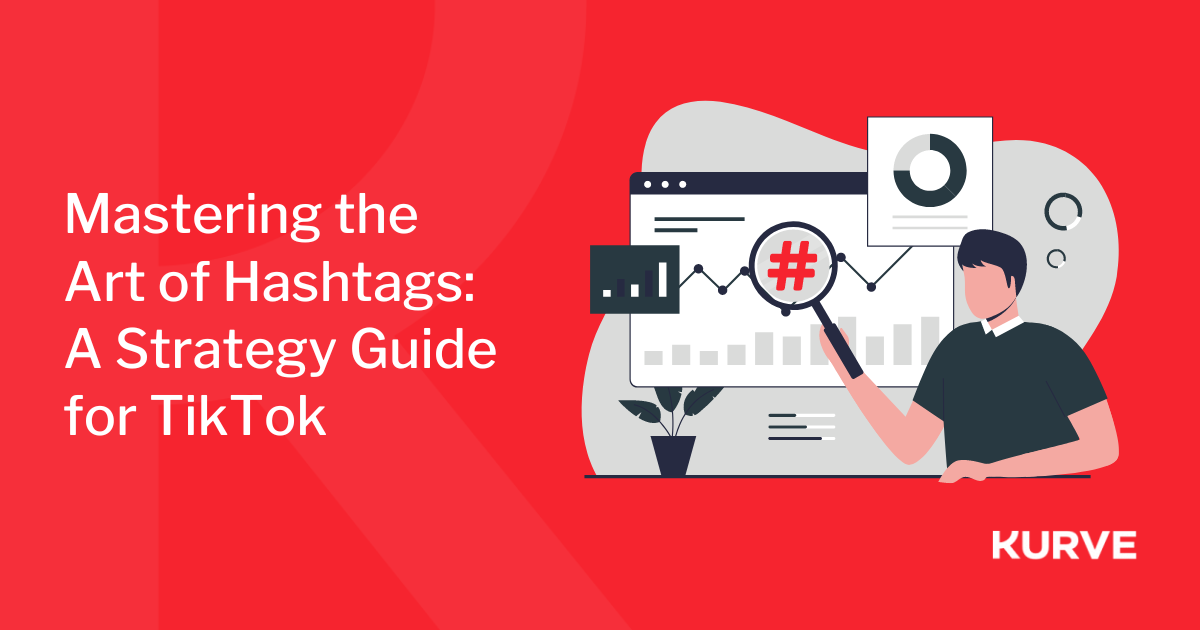The top 10 marketing automation mistakes to avoid
I recently wrote a comprehensive article about marketing automation for startups. In that piece, I gave some critical advice about using tools, setting goals, and much more. Whether you’re completely new to marketing automation or just need to optimise for better performance, the guide is worth a read. One section of this piece that needs further exploration is the common errors in marketing automation.
So, in this article, I’m going to explore some of the biggest marketing automation mistakes that I see regularly at startups and established corporates alike. These are gleaned from real-life experience, so take note and use the action points to avoid the same errors!
1. Investing too early
Businesses often invest heavily in building the perfect marketing automation solution, without investing enough in distribution or traffic acquisition. Marketing automation only becomes truly effective when an audience has been built, and too regularly I see the focus on automation software arriving too early.
Action:
Always make sure that there’s enough traffic flow to justify the solution. The fundamentals of digital marketing should be in place; attribution and conversion tracking in particular.
There is no accurate formula for ratio of traffic to marketing automation, but in theory you shouldn’t be spending more than 20 - 25% of your total marketing budget on marketing automation. Remember, you could be spending that on driving more traffic or crafting better content.
2. Going Big
The latest marketing automation solutions provide such a wealth of functionality, which is fantastic. However, theses systems certainly don’t come cheap. In some cases, startups choose a solution which is overkill for the company’s state of maturity, or too comprehensive for the target market size.
Action:
It is possible to start with smaller marketing automation solutions which scale with your number of contacts. HubSpot and Autopilot are good examples, both of which were evaluated in the guide I linked to above. This approach is a better option, rather than going with something too complex that might end up gathering dust. You should invest in the due diligence to understand the features you actually need. This is prudent, and time well-spent.
3. Ignoring customer journeys
Your marketing automation software must fit with the customer’s purchase journey. A customer journey is specific to each business. There are always nuances to uncover about where interactions with your audience occur. Regardless, your chosen marketing automation system should account for the multitude of specific touch points along the funnel.
Action:
There’s a common mistake that I see; assuming there’s a funnel from another business that is right for your target audience. Sometimes blogging, offline events, email marketing, or a specific social channel works for a given business. Sometimes it’s a mix of all the above. This changes.
In many instances, the performance of one or two core channels is the primary driver. Despite most marketing automation tools following broadly similar functionality, they have the power to customise according to your needs.
Always test different funnels, and find a marketing automation solution which is adaptable for your needs. For instance, behavioural lead scoring could be a significant element for your nurture journeys, and this might not be supported. For another business, firmographic enrichment could play a bigger role due to the volume and depth of offering.
4. Poor Segmentation
Too regularly, I see poor segmentation. Often, I see no segmentation. Sometimes, the poor segmentation actually harms the business more than if there was none at all.
What are the characteristics of poor audience segmentation? These were outlined neatly by Jack Medland-Slater in his article for Perceptive Research. For starters, many define their segments too broadly, losing out to competitors who aim for 1:1 communication. For larger businesses, it can also help to align resources and internal teams to managing the different segments. Scalability is also an issue; too many organisations don’t allow for growth in their segmentation, be it geographically or otherwise.
There are many other characteristics of bad segmentation, including no alignment with goals, too much similarity between segments, and segmentation based on the wrong variables.
Action:
Effective segmentation of customer data usually requires good data records. The lack of data hygiene can severely limit the ability to create the right groupings of customers, and it will damage the chances of building correct communication sequences at the right time.
Put simply... make sure you clean up your data. Map out the journeys as you see them, in terms of the customer segments. Work on obtaining real data, rather than relying on generic personas. This will stand you in good stead. This guide by Francois Mathieu at Uberflip is a good starting point for cleaning up your database, focusing on contacts, fields, lists, and workflows.
5. CRM Mistakes
A marketing automation tool works best with seamless integration to a CRM system. What are the benefits of this? Well, firstly you’ll obtain consistent messaging across the board. You’ll also unify data management processes, and enhance visibility. You can also prioritise leads better, and optimise the sales process with more effective approaches.
Too often, I see organisations failing to integrate their CRM with marketing automation, and this happens even when the systems themselves are interlinked and operated by the same vendor.
Action:
Successful marketing automation is entirely dependent on the amount of data, and indeed the quality of said data. This data will often sit in your CRM. There are components of marketing that are reliant on a data management platform (DMP), such as media buying and acquisition. These can ingest CRM data to make buying more relevant, helping you achieve a higher ROI with lower CPAs.
Make sure to verify that the data fields are mapped properly, the user journeys are reflective of your customer data sets, and the CRM data is relevant and updated. Don’t forget, you also need to be GDPR compliant. Here’s a practical guide to GDPR compliance (PDF), courtesy of RSA.
6. Rash Decisions
The successful marketing automation platforms are successful for a reason; they offer value to users, and they provide return on investment. However, I’ve seen businesses on the verge of scrapping their solution after concluding it’s no good for them. In actual fact, these business often won’t be using the tool to its full potential, and missing the value as a result.
A lot of wasted time, energy, and money goes into ditching a solution, and I always evaluate whether the problem lies elsewhere before recommending drastic action.
Action:
This comes down to your due diligence process. Furthermore, you need to make sure that every resource working on the platform is fully bought-in and upskilled. These tools can be very complex, operating with a huge amount of functionality. They can’t easily be learned without proper support, and a lack of in-depth training will cause problems.
This, in combination with setup times, means that patience is a virtue when it comes to optimising marketing automation for long-term success.
7. A Lack of Integration
Integration is critical to get the most out of a solution. This is particularly pertinent to products, whereby in-product events can (and should) trigger email sequences. Of course, I’m referring mainly to digital products (SaaS) and apps in this regard. Customers take action within these frameworks, and these actions disclose user intention. Your marketing automation solution should react accordingly.
Action:
In many cases, marketing automation solutions act as a glorified email client. This limitation is often due to the development time needed to pull data from multiple systems. Using solutions such as Segment, or a smart data warehouse integration such as Stitch Data, can allow much faster implementation.
By using Segment, you can pull data from in-product events to trigger specific email sequences, SMS, or even offline events. For instance, if a customer upgrades and you want to automatically send them a postcard to say thank you. This kind of automation allows you to scale. By using centralised data connectors, you can make the integration process less complex.
8. Burning Bridges
Marketing automation is tricky, and that’s because it can go disastrously wrong. If you send emails at the wrong time, or send the wrong emails to the wrong people at the wrong time, you’ll burn bridges pretty fast. These mistakes range from getting names wrong (or getting first name / last name code wrong), to time scheduling fails, or striking the wrong communication tone at a sensitive moment.
Action:
Vendors are happy to have you onboard, and they want to ensure you stay a happy customer. This means that, usually, their support teams are on the ball. You don’t need to do everything yourself, especially if marketing automation is a new endeavour. Make sure you leverage the skills and knowledge of the support team as much as possible to ensure the campaigns are implemented properly.
The vendor’s internal team are experts in how their software works (or should be!), and they spend every day working with agencies, contractors, and clients. Since the competition is so hot in their field, retention is important, and therefore you can lean on them for help when you need it.
9. A Lack of Personalisation
In the current landscape, personalisation is key. This goes far beyond adding their name to an email shot, although I’ve seen plenty of examples where this has been botched. Modern automation tools allow for an amazing level of personalisation, and businesses can take advantage of this; integrating deep data and behavioural analysis into their various customer touch points.
Action:
Consider using third and second party data sources to enrich data on your current users / customers. Places to start include Acxiom, Datalogix (Oracle), Experian, and FullContact. You can also run additional campaigns purely for data gathering purposes. This will enrich your personalisation, and give you more information to play with in future activities.
Personalisation can extend to modifying the content on your website according to your segments. It also pertains to retargeting ads for leads with a higher lead score. Again, in-product events demonstrate user habits and intentions, which should inform personalisation.
10. Volume over Quality
A scattergun approach is typically the most wasteful approach, and this refers to B2B and B2C. Businesses can’t afford to splurge budget on producing average-quality content anymore. It won’t generate effective ROI. Nowadays, in a world of noise, content must add value to the lives of your audience - whether in emails, white papers, blog posts, videos, or podcasts. A content strategy integrated with marketing automation needs to have an impact, and quality always wins out when combined with effective distribution tactics.
Action:
It’s easier to focus on fewer content assets, backed-up by relevant and useful data. Measure twice, cut once. Produce a limited amount of winning content, surround it with satellite content (onsite and offsite), and integrate closely with your customer journey (and marketing automation software). In truth, it’s difficult to add meaningful differentiating value to a content consumer whilst also maintaining large volumes. Don’t spread yourself too thin, and make an impact where it matters.
Summary
I’m lucky to have experienced many of these marketing automation mistakes first-hand. The value of marketing automation is undisputed; it is a superb addition to your tech stack. However, a measured approach is essential to avoid blowing your budget on a solution that doesn’t make sense. Not every business is ready for automation, which is a fact always worthy of consideration.
The automation machine will deliver according to your very human requirements. These tools don’t sit by themselves, but must facilitate a smarter way of operating an integrated strategy. Marketing automation helps you reach your audience in the right way at the right time, but it’s not a magic bullet.
As a brand, you still need to establish a bulletproof customer journey, produce high-quality content, and deliver value at every opportunity. If you manage to avoid the above mistakes, marketing automation will optimise your user onboarding, lead-nurturing, and customer retention.
Also on the Kurve blog:


